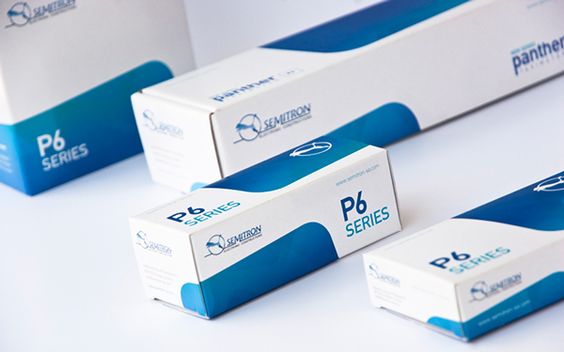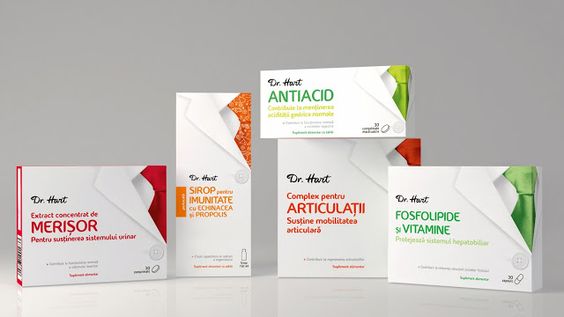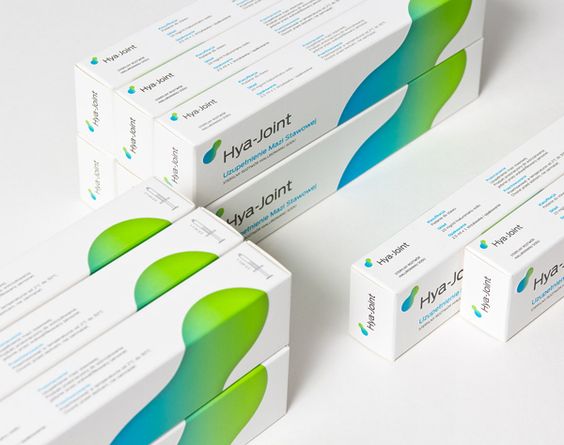Innovative Trends in Pharmaceutical Packaging Design: Enhancing Safety, Sustainability, and Patient Experience

Image Caption: pinterest.com.au/pin/215398794656850010/
Pharmaceutical packaging design is a crucial aspect of the pharmaceutical industry, ensuring the safety, efficacy, and integrity of medicinal products. As the industry evolves, the demand for innovative, sustainable, and patient-centric packaging solutions has never been greater. This blog explores the latest trends and advancements in pharmaceutical packaging design, highlighting the importance of quality, compliance, and user experience.
The Importance of Pharmaceutical Packaging Design
Pharmaceutical packaging design plays a vital role in protecting drugs from contamination, damage, and tampering. It also provides critical information to patients and healthcare providers, ensuring proper usage and adherence to treatment regimens. Effective packaging design can enhance the overall experience for patients, making medications easier to use and understand.
Key Trends in Pharmaceutical Packaging Design
- Sustainable Packaging Solutions Environmental concerns are driving the pharmaceutical industry to adopt sustainable packaging materials and practices. Biodegradable plastics, recyclable materials, and reduced packaging waste are becoming standard requirements. Companies are increasingly focusing on eco-friendly designs that minimize environmental impact without compromising the safety and efficacy of the products.
- Smart Packaging Technologies The integration of smart technologies into pharmaceutical packaging is revolutionizing the industry. Smart packaging includes features such as RFID tags, QR codes, and NFC technology, which provide real-time information about the product, enhance supply chain transparency, and improve patient compliance by reminding users when to take their medication.
- Child-Resistant and Senior-Friendly Designs Ensuring the safety of pharmaceutical products for children while maintaining ease of use for seniors is a critical challenge. Packaging designers are creating child-resistant closures and senior-friendly features that strike a balance between safety and accessibility. These designs help prevent accidental ingestion by children and facilitate easy opening for the elderly.
- Personalized Packaging With the rise of personalized medicine, there is a growing need for customized packaging solutions. Personalized packaging involves tailoring the design to individual patient needs, including dosage instructions, patient-specific information, and personalized branding. This approach enhances patient engagement and adherence to treatment plans.
- Tamper-Evident Packaging Tamper-evident packaging is essential for ensuring the integrity and safety of pharmaceutical products. Innovations in this area include tamper-evident seals, shrink bands, and breakable caps that provide clear visual indicators if the product has been tampered with. These features help build trust with consumers and ensure regulatory compliance.

Image Caption :pinterest.com.au/pin/435652963956764256/
Types of Pharmaceutical Packaging Design
Pharmaceutical packaging design encompasses various types, each tailored to specific medication forms, regulatory requirements, and patient needs. Understanding these types is essential for developing effective packaging solutions that ensure safety, compliance, and user satisfaction. Here, we delve into the main types of pharmaceutical packaging design and their unique characteristics.
Primary Packaging
Primary packaging is the first layer of packaging that comes in direct contact with the pharmaceutical product. It plays a crucial role in protecting the medication from environmental factors and contamination, while also providing essential information to the user.
- Blister Packs: Widely used for tablets and capsules, blister packs consist of a plastic cavity with a foil or plastic backing. They offer excellent protection against moisture, oxygen, and light, ensuring the product’s stability and shelf life. Blister packs also facilitate unit dosing, making it easy for patients to adhere to prescribed regimens.
- Bottles: Commonly used for liquid medications, pills, and capsules, pharmaceutical bottles are typically made from glass or plastic. They are designed to be child-resistant, tamper-evident, and easy to handle. Labels on bottles provide critical information, such as dosage instructions, expiration dates, and warnings.
- Ampoules and Vials: These are small, sealed containers used for injectable medications. Made of glass or plastic, ampoules and vials protect the contents from contamination and degradation. They often feature tamper-evident seals and are designed for single-use to maintain sterility.
Secondary Packaging
Secondary packaging is the outer layer that houses one or more primary packages. It provides additional protection during transportation and storage, and often serves as a platform for branding and regulatory information.
- Cartons: Cartons are boxes that hold blister packs, bottles, or other primary packages. They are made from cardboard or paperboard and can be customized with branding, product information, and regulatory details. Cartons also help organize and protect the primary packages during distribution.
- Shrink Wraps: Used to bundle multiple units of primary packages, shrink wraps are made from plastic film that shrinks when heated. This type of packaging is ideal for securing products during shipping and providing an additional layer of tamper-evidence.

Image Caption : pinterest.com.au/pin/644296290435839376/
Tertiary Packaging
Tertiary packaging is used for bulk handling, storage, and transportation. It ensures that large quantities of pharmaceutical products reach their destination safely and efficiently.
- Pallets: Pallets are flat structures that support stacked secondary packages, making them easier to move with forklifts and pallet jacks. They are typically made from wood, plastic, or metal and are essential for large-scale distribution.
- Crates and Containers: These are large, durable boxes used for transporting bulk quantities of pharmaceutical products. Made from wood, plastic, or metal, crates and containers provide robust protection against physical damage and environmental factors.
Specialized Packaging
Specialized packaging addresses specific requirements based on the nature of the pharmaceutical product and its intended use.
- Cold Chain Packaging: For temperature-sensitive medications, cold chain packaging maintains the required temperature range throughout the supply chain. This includes insulated containers, refrigerants, and temperature monitoring devices to ensure product integrity.
- Child-Resistant Packaging: Designed to prevent accidental ingestion by children, this packaging type includes child-proof caps, blister packs with push-through foil, and complex opening mechanisms that are challenging for young children but accessible to adults.
- Tamper-Evident Packaging: Tamper-evident features, such as seals, shrink bands, and breakable caps, indicate whether a product has been opened or altered. This type of packaging is crucial for maintaining consumer trust and product safety.
Saypan: Leading Pharmaceutical Packaging Design Services in Pune, India
Saypan is the top pharmaceutical packaging design service provider in Pune, India, renowned for its innovative and high-quality packaging solutions. With a team of experienced designers and industry experts, Saypan offers a comprehensive range of services, including sustainable packaging design, smart packaging technologies, and personalized packaging solutions. Saypan commitment to excellence and customer satisfaction has made it a trusted partner for pharmaceutical companies seeking reliable and cutting-edge packaging designs.
Conclusion
Pharmaceutical packaging design is an ever-evolving field that requires a deep understanding of industry regulations, patient needs, and technological advancements. By staying abreast of the latest trends and innovations, companies can create packaging solutions that ensure the safety, efficacy, and user-friendliness of their products. Saypan, as a leader in pharmaceutical packaging design, continues to set the standard for excellence and innovation in the industry.

